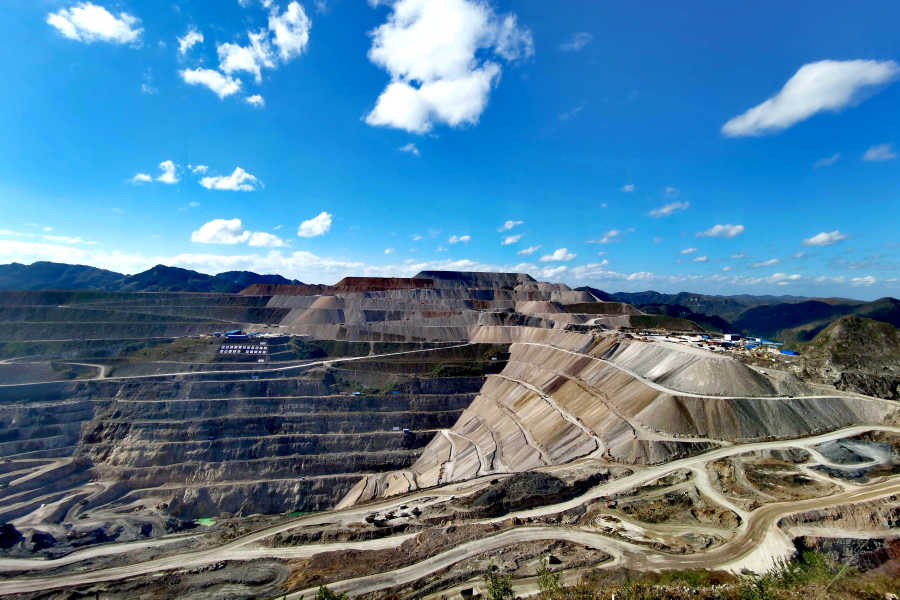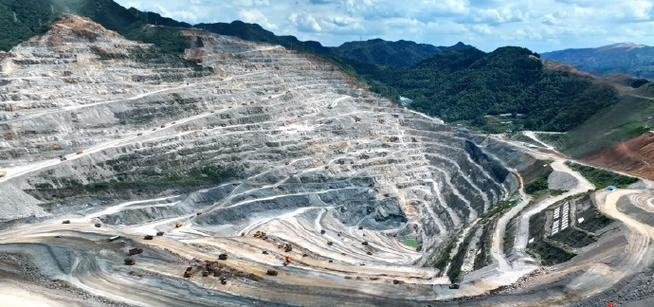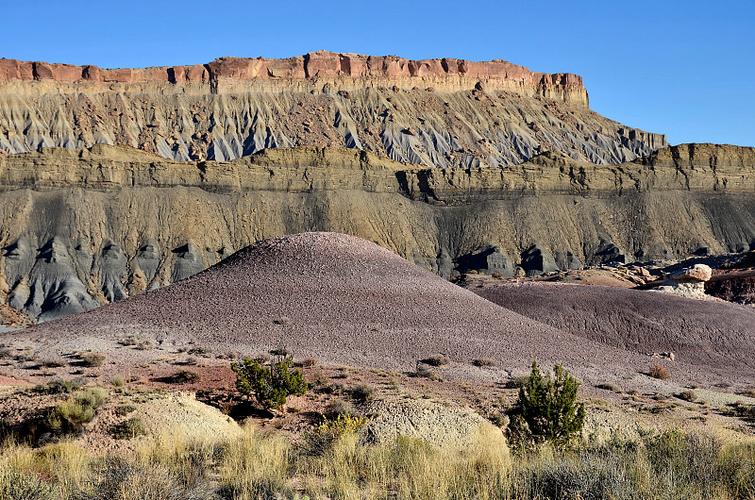اشترك في نشرتنا الإخبارية وكن دائمًا أول من يسمع بما يحدث.
The current situation of phosphate Rock resources in Yunnan, Guizhou and Sichuan and the breakthrough application of intelligent sorting technology
May 22, 2025The Yunnan-Gui-Sichuan region of China is a globally significant area rich in phosphate rock resources, with its phosphate rock reserves accounting for over 70% of the country's total. However, with the continuous development of high-grade phosphate ore, mining areas generally face problems such as intensified ore dilution and complex associated ores. Especially in the ore pre-selection stage, traditional technologies are difficult to achieve efficient separation of low-grade ores. Moreover, the associated dolomite ore has a density close to that of phosphate ore, resulting in low separation accuracy and serious waste of resources. Against this backdrop, the application of photoelectric preselection technology and artificial intelligence sorting equipment is becoming a key breakthrough to address the pain points in the industry.

1. Resource Endowment and Mineral Processing Challenges: From Ore Characteristics to Technical Bottlenecks
The decline in ore grade and the interference of associated ores
The average grade of phosphate ore in Yunnan, Guizhou and Sichuan has dropped from over 30% to 20%-25%, and in some mining areas, it is even lower than 18%. Impurities such as dolomite and silicite are commonly associated in the ore. Among them, the density of dolomite (with a density of 2.8-2.9 g/cm³) is close to that of apatite (with a density of 3.1-3.2 g/cm³). The traditional heavy medium separation method is difficult to precisely separate them, resulting in a relatively high grade of tailings and a concentrate recovery rate of less than 60%.
The limitations of traditional photoelectric sorting technology
Traditional X-ray transmission (XRT) and visible light color separation techniques rely on a single physical property (such as color and density) to identify ores. However, dolomite and phosphate rock have a small difference in reflectance in the visible light band, and the overlap degree of X-ray absorption coefficients is high. The separation accuracy can only reach 70%-75%, which is difficult to meet the efficient separation requirements of complex associated ores.

2. Innovation in Artificial Intelligence Sorting Technology: Multi-Dimensional Perception and Dynamic Decision-making
In response to the challenge of sorting minerals with similar densities, the Mingde intelligent sorting machine has achieved technological breakthroughs through multi-modal perception and deep learning algorithms:
The integration of hyperspectral imaging and AI intelligent recognition technology
The equipment integrates a hyperspectral analysis module to simultaneously obtain the surface texture, color, feel, shape, luster and other features of the ore, and builds a three-dimensional mineral recognition model of the object, increasing the recognition accuracy of dolomite and phosphate rock to over 95%.
Dynamic self-optimizing sorting strategy
The real-time image processing system based on convolutional Neural Network (CNN) can autonomously learn the morphological characteristics of ores and dynamically adjust the airflow separation parameters in combination with the falling trajectory of ores. In the actual sorting process of a certain phosphate mine in Guizhou, the equipment achieved a one-time waste disposal rate of 45% for the raw ore with a P2O5 grade of 18%, increased the concentrate grade to 28%, and the recovery rate exceeded 90%.

3. Dual Breakthroughs in technical economy and environmental benefits
Reduce the cost and energy consumption of mineral processing
The single processing capacity of the Mingde separator can reach 50 tons per hour. The power consumption per ton of ore is reduced by 80% compared with the flotation method, and the dosage of reagents is reduced by 100%. Taking a 1 million-ton phosphate mine in Yunnan Province as an example, after adopting intelligent sorting, the beneficiation cost dropped from 120 yuan per ton to 35 yuan per ton, saving over 85 million yuan annually.
Support for green mine construction
In the pre-selection stage, more than 50% of low-grade ores are discarded in advance, reducing the wastewater discharge of the subsequent grinding and flotation section by 60% and lowering the capacity demand of the tailings pond by 40%, which is in line with the requirements of the low-carbon transformation of the mining industry under the "dual carbon" goals.
4. Industry Insights and Future Prospects
The successful application of the Mingde intelligent sorting machine marks the transformation of China's mining equipment from "following" to "leading". Its technical logic can be replicated in the complex fields of associated minerals such as bauxite, molybdenum and fluorite. With the integrated development of technology, in the future, sorting equipment will achieve cloud data sharing, promoting the development of mineral resources into a brand-new era of "intelligent perception - precise decision-making - recycling".
The sustainable development of phosphate resources in Yunnan, Guizhou and Sichuan is not only a technological battle but also an inevitable choice for industrial upgrading. The maturity of artificial intelligence sorting technology not only breaks the sorting dilemma of minerals with similar densities, but also opens up a green development path of "turning poor ore into rich ore and waste rock into resources", providing a Mingde solution for the treatment of complex associated minerals.